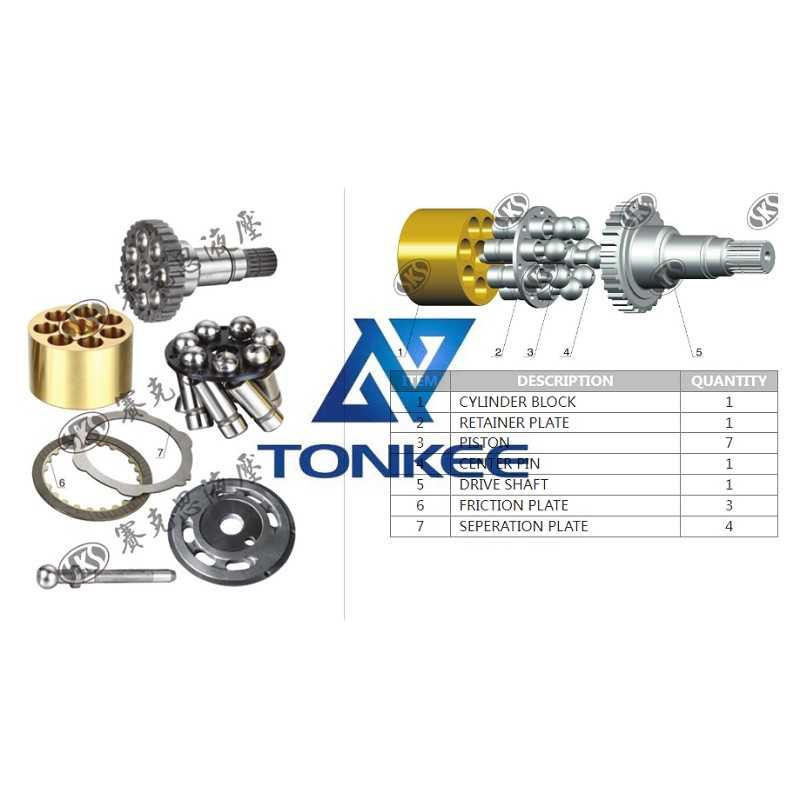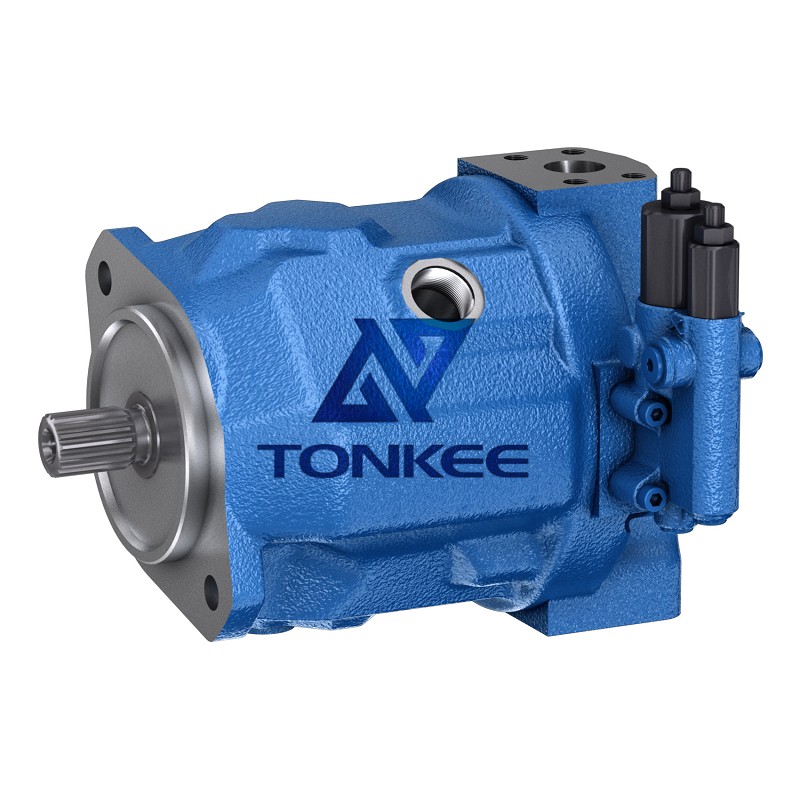
The cylinder block of the PC200-6 Swing Motor is a critical part responsible for converting hydraulic energy into mechanical motion.
It houses various components, including pistons, valves, and ports, that work together to generate rotational force. The swing motor's primary function is to control the rotation of the excavator's upper structure, allowing it to move horizontally.
Tonkee® ensures that the PC200-6 Swing Motor's cylinder block is manufactured to precise specifications using durable materials. The block undergoes rigorous quality control measures to guarantee optimal performance and longevity. This attention to detail and quality construction make the cylinder block resistant to wear, corrosion, and internal leakage, ensuring a reliable and efficient operation in challenging working environments.
The PC200-6 Swing Motor's cylinder block features well-engineered pistons that move inside the block, driven by hydraulic pressure. These pistons create the necessary force to rotate the upper structure of the excavator smoothly. Tonkee® ensures that the pistons are precisely machined to fit the cylinder block, minimizing friction and maximizing efficiency. This design ensures consistent and powerful performance, allowing the swing motor to handle heavy loads and demanding tasks with ease.
Additionally, the cylinder block incorporates strategically positioned valves and ports that control the flow and direction of hydraulic fluid.
These valves regulate the speed and acceleration of the swing motor, providing operators with precise control over the excavator's movements. Tonkee® designs the valves to be highly responsive, allowing for smooth and accurate operation, enhancing the overall productivity and maneuverability of the machine.
The PC200-6 Swing Motor's cylinder block is designed to be compatible with the specific requirements of the Komatsu PC200-6 excavator model. Tonkee® ensures that the block conforms to the original equipment manufacturer (OEM) standards, guaranteeing a seamless fit and easy installation. This compatibility eliminates the need for extensive modifications or adjustments, minimizing downtime and maintenance costs.





 English
English português
português Русский язык
Русский язык










